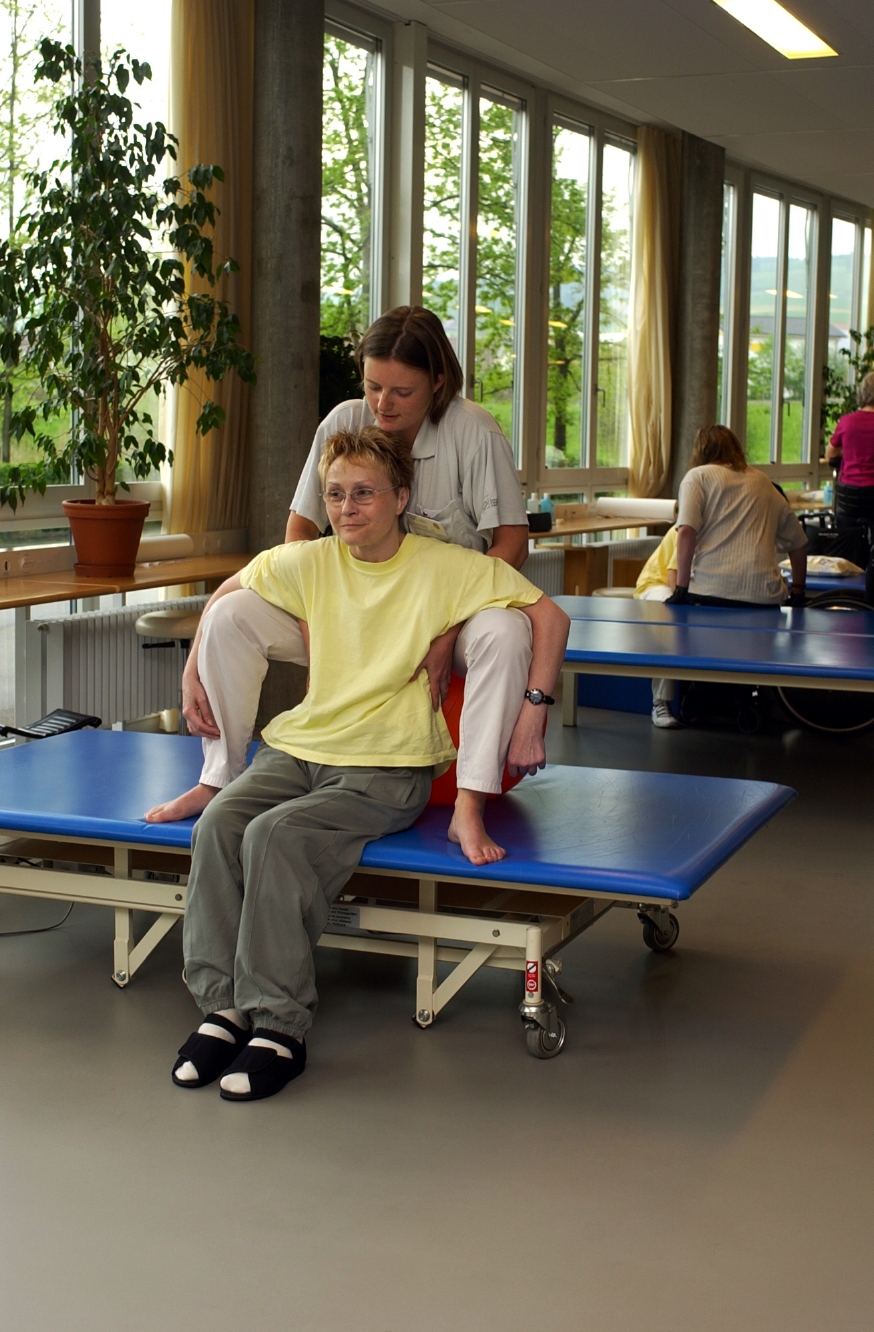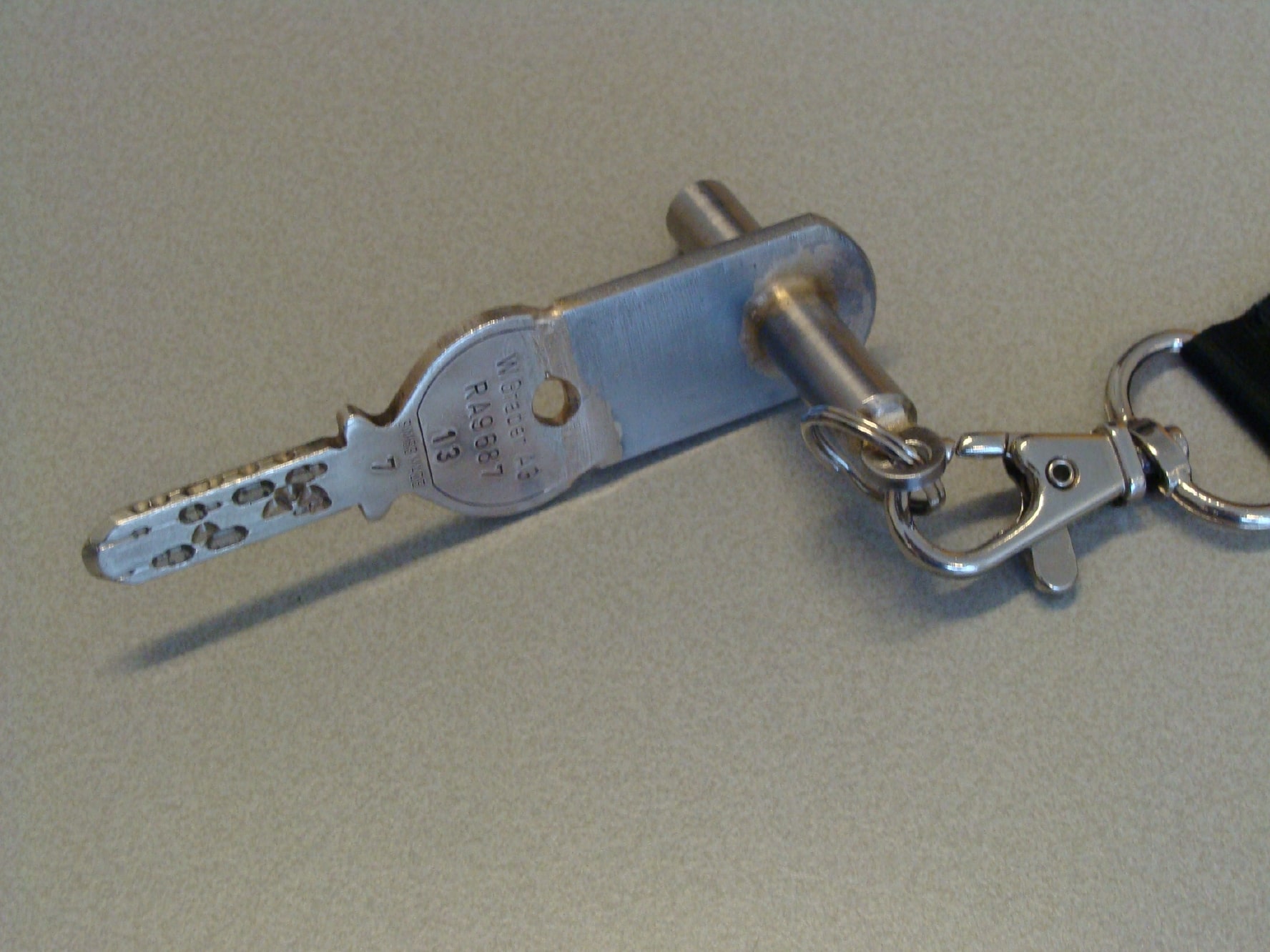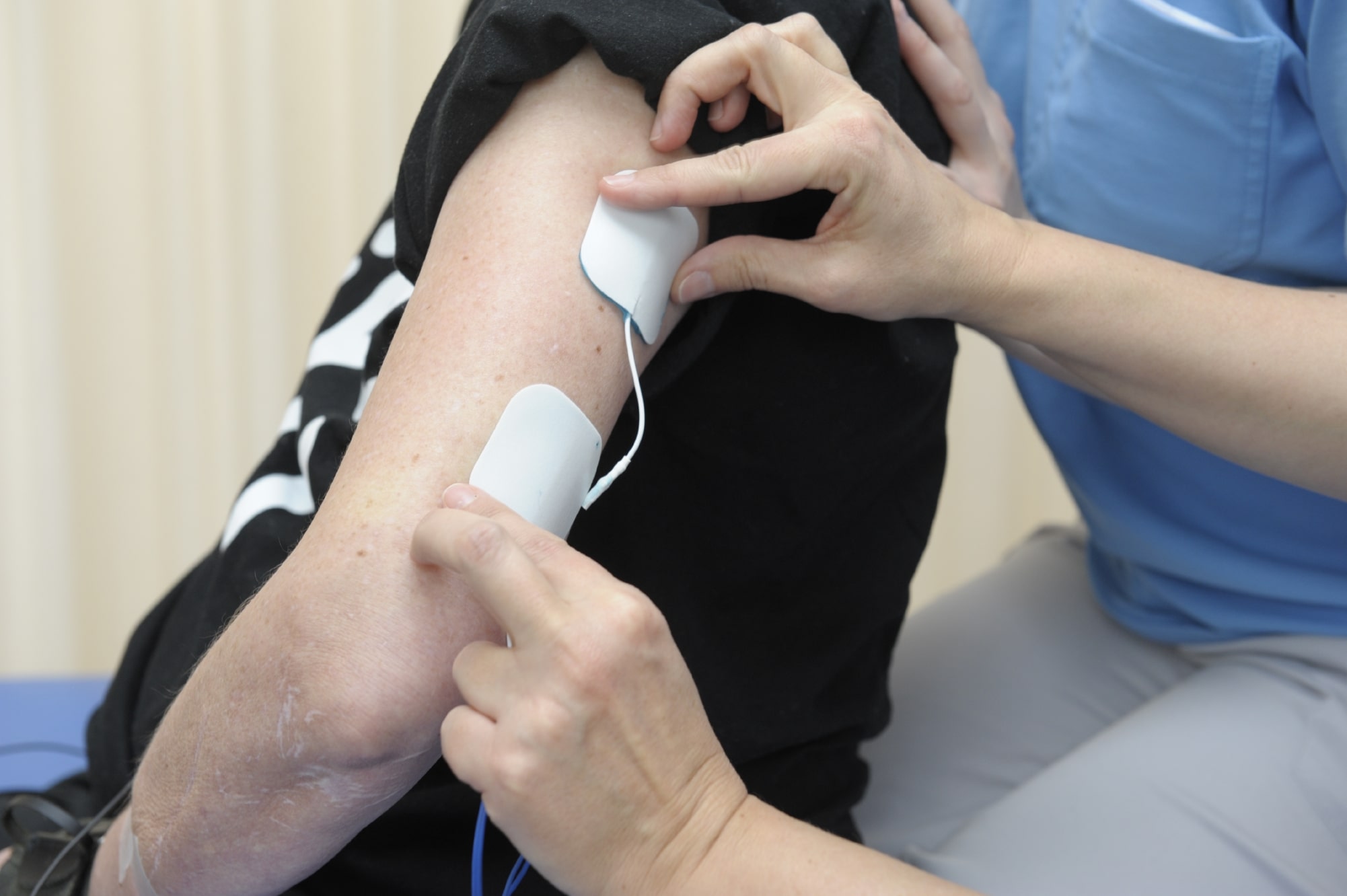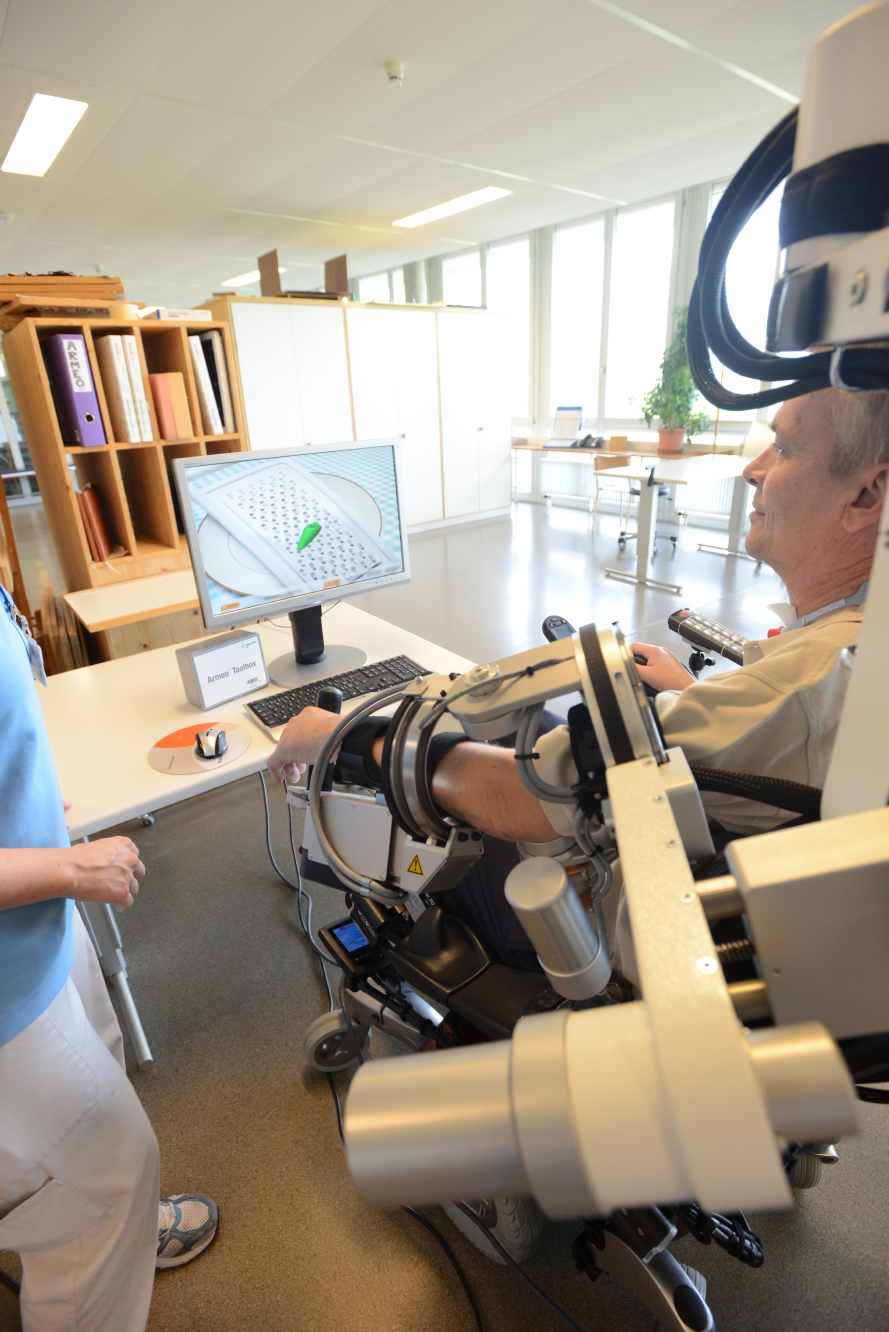
- 3 minutes to read
- 03 September 2019
The arms and hands of wheelchair users are taking over most leg functions. Therefore, it is important to take care of them as well as to train and use them as much as possible from the beginning.
Aspects of optimal rehabilitation of the upper limbs:
- positioning of the upper limbs
- functional hand
- functional training and activities of daily life (ADL)
- functional electrical stimulation
- robotics
- surgeries for functional improvements
Positioning of the upper limbs
For tetraplegic persons, the positioning in bed as well as in the wheelchair is of vital importance directly after the occurrence of the injury. Dependent on the level of the injury and the level of innervation, an individually adapted positioning system is being defined. Goal of the positioning is contraction and pain prophylaxis.
Functional hand
The training of functional hands is essential when treating tetraplegics in the early stages. Goal of the positioning is to reach the optimal length of muscles, tendons and ligaments which permits the tenodesis effect. Specialized positioning results in an intentional shortening of the finger flexion muscles and may prevent from developing a "flat or claw hand". The functional hand enables grasping using only one hand, even without an existing finger musculature.
Functional training and activities of daily life (ADL)
Throughout the initial rehabilitation, learning to coordinate the use of arm and hand as well as to use the functional hand is fostered intensively by applying functional training. If one function is missing, substitution strategies are developed for compensation. Neurological therapeutic treatment concepts such as Bobath or PNF stretching (proprioceptive neuromuscular facilitation) could also be included in the treatment.

Bobath

PNF stretching (proprioceptive neuromuscular facilitation)
By carrying out activities of daily life such as eating, writing, opening letters, etc., various movements are being trained. Often it is necessary to use mechanic tools and aids, some of which are developed on an individual basis (e.g. by the occupational therapist or in the orthopaedic workshop). Applying them is part of the intensive training.



Adapted aids and tools: fork, spoon, key
Functional electrical stimulation
Functional and therapeutic electrical stimulation (FES) is a technology that, by using electrical impulses via the nerve, it indirectly affects the muscle. Electrical stimulation may have a supportive effect on muscle strength or may enable a new functional equilibrium in order to render possible grasping between the flexing and stretching hand muscles.


Functional electrical stimulation (FES)
Robotics
Robotics such as e.g. ArmeoPower or ArmeoBoom are supplementing the range of available therapeutic possibilities. Repetitive and task oriented therapeutic exercises are supposed to restore motor skills. In doing so, the tools only have supporting function when the force is not sufficient. Robotics are increasing the scope of activities and are training strength and perseverance. Some of the therapeutic sessions can be conducted independently; however, the installation as well as the removal of the robotics and the consistency of physiological movement processes should be supervised by a therapist.

ArmeoPower (front view)

ArmeoPower (back view)
Surgeries for functional improvements
Loss of functioning in the arms and hands with direct influence on independence are of utmost importance for tetraplegics' quality of life. Through surgery it is possible to restore functions partially.
During the hand consultation in a specialised clinic or rehabilitation centre, an interdisciplinary team (tetra hand surgeon, paraplegiologist, physio and occupational therapist) examines the neurological, functional and psychological aspects and possibilities for surgery are suggested and discussed. Since musculature and sensibility might change significantly in the first year after the trauma, possible surgical interventions are usually conducted only after one year.

Be the first to comment!